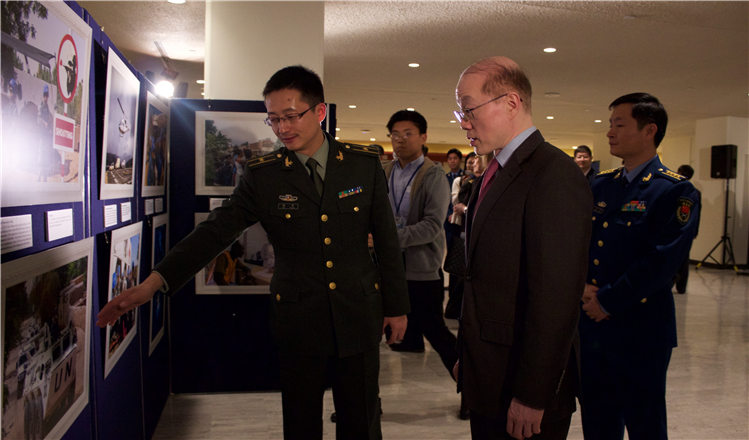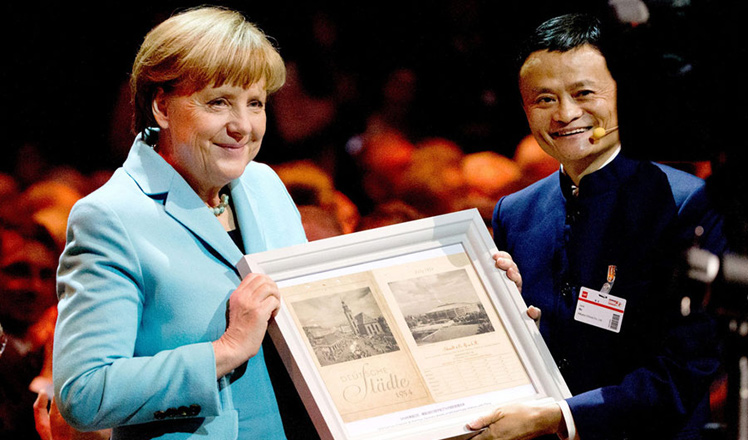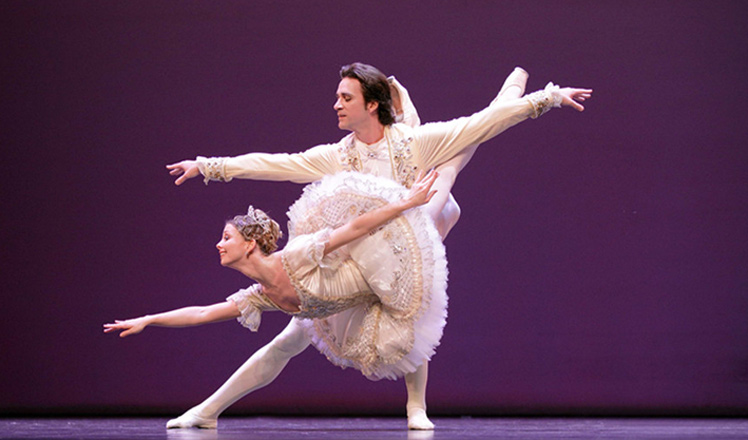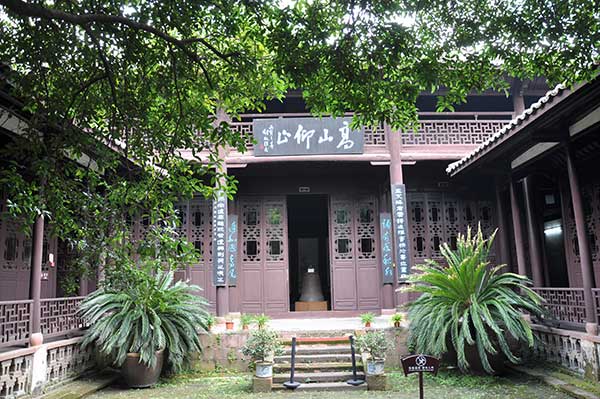Art of Bada Shanren offers window on his times
Updated: 2015-11-11 08:26
(China Daily)
|
||||||||
A descendant of the Ming imperial clan who first became a Buddhist monk and then a Taoist priest, Bada Shanren represents both an intriguing life story and a unique art style that inspired generations of artists who followed him.
Visiting the place where he once dwelled as a Taoist priest, we are able both to find some clues of the master painter's vicissitudes in life and appreciate some of his best art.
The Bada Shanren Memorial Museum sits quietly in suburban Nanchang in Jiangxi province. The site is tranquil in a natural setting, including a lotus pond, plenty of ancient trees and bamboo groves.
Adapted from a former Taoist temple called Qingyunpu and opened in 1959, the museum was the first one in China to be dedicated solely to an ancient painter.
The temple has basically maintained its look since the late Qing Dynasty (1644-1911). Its symmetrical layout features three main halls, which are connected by quiet corridors.
Some of the horizontal inscribed boards and couplets within are in Bada Shanren's calligraphy style. In the halls, some copied works of Bada Shanren and his younger brother are displayed, too.
Meanwhile, more than 100 pieces of Bada Shanren's calligraphy are delicately carved on stones along the corridors.
An enlarged copy of Bada Shanren's portrait, painted by a good friend and clearly cherished by him with many of his inscriptions, is the most eye-catching item for us.
Looking at the thin face of the old man wearing a bamboo hat, we start to imagine how Bada Shanren lived for years and created a large number of works after he arrived.
 Photo exhibit hails Chinese peacekeepers
Photo exhibit hails Chinese peacekeepers
 Washington 'showing anxiety in stance adopted toward Beijing'
Washington 'showing anxiety in stance adopted toward Beijing'
 Internet celebrities share spotlight with leaders and stars
Internet celebrities share spotlight with leaders and stars
 Heavy smog hits Beijing
Heavy smog hits Beijing
 Eleven-year-old girl donates organs to save six people
Eleven-year-old girl donates organs to save six people
 Top ballet dancers light up Beijing
Top ballet dancers light up Beijing
 Top 10 wealthiest Chinese on Forbes rich list
Top 10 wealthiest Chinese on Forbes rich list
 Obama launches Facebook page, sends message on climate
Obama launches Facebook page, sends message on climate
Most Viewed
Editor's Picks

|

|

|

|

|

|
Today's Top News
Obama, Netanyahu at White House seek to mend US-Israel ties
China, not Canada, is top US trade partner
Tu first Chinese to win Nobel Prize in Medicine
Huntsman says Sino-US relationship needs common goals
Xi pledges $2 billion to help developing countries
Young people from US look forward to Xi's state visit: Survey
US to accept more refugees than planned
Li calls on State-owned firms to tap more global markets
US Weekly

|

|








